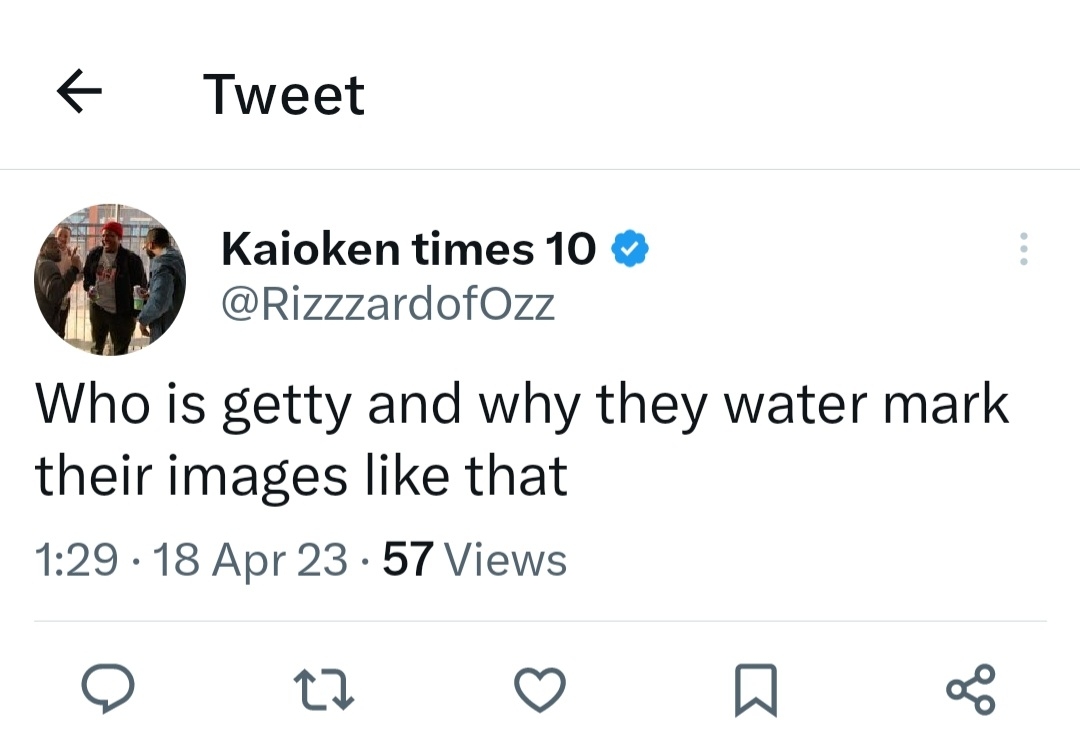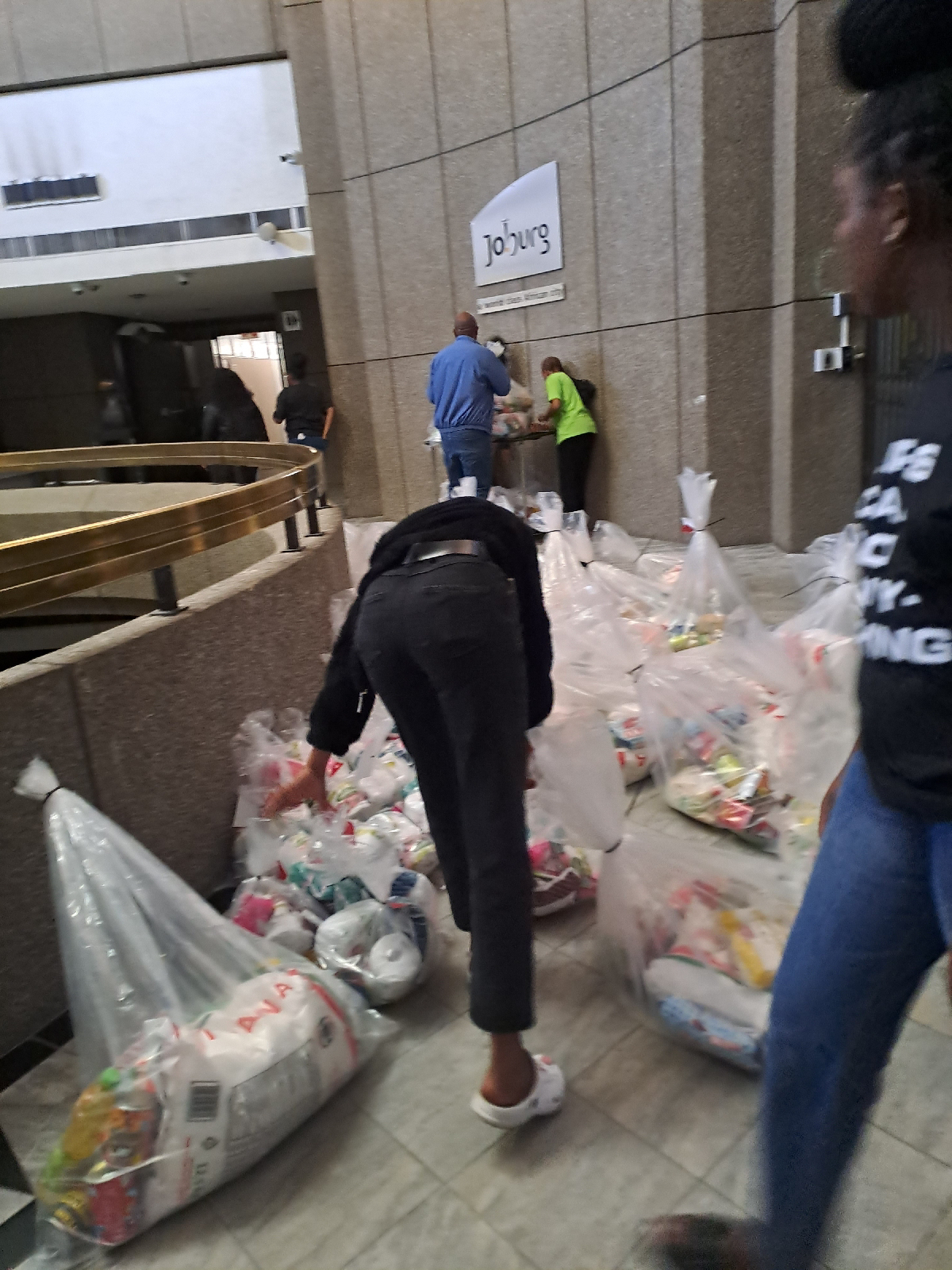Firstly, saying or doing nothing can help prevent making the situation worse. In many crises, emotions run high, and actions taken without careful consideration can exacerbate the problem. In some cases, well-intentioned actions can even cause harm. By pausing and taking time to think through the situation, https://www.linkedin.com/in/noxolo-tshuma-901b94265.
Secondly, saying or doing nothing can also be beneficial because it allows us to observe and gather information about the crisis before taking action. In a fast-moving situation, it can be difficult to assess what is happening and make informed decisions. By taking a step back and observing, we can gain a better understanding of the situation and gather the information we need to make better choices.
Thirdly, in some cases, saying or doing nothing can be a powerful message in itself. It can communicate to those involved in the crisis that we are taking the situation seriously and are carefully considering our options. It can also signal to others that we are not contributing to the problem, but are instead focused on finding a solution.
Lastly, taking no action can be a strategy to buy time. In certain crises, time is a valuable resource that can be used to plan and coordinate an effective response. By waiting and gathering more information, we may be able to identify better ways to respond that we might not have thought of initially.
Of course, there are also situations where taking immediate action is necessary. However, in many cases, taking a step back and assessing the situation before acting can be the best approach. This does not mean ignoring the problem or being passive, but rather taking a thoughtful and strategic approach to crisis management.
In conclusion, saying or doing nothing in a crisis can be a wise strategy, allowing us to prevent making the situation worse, gather information, send a message, and buy time. However, this should be a deliberate decision, and we should remain vigilant and prepared to act when necessary. By taking a thoughtful and strategic approach to crisis management, we can increase our chances of effectively navigating difficult situations.









